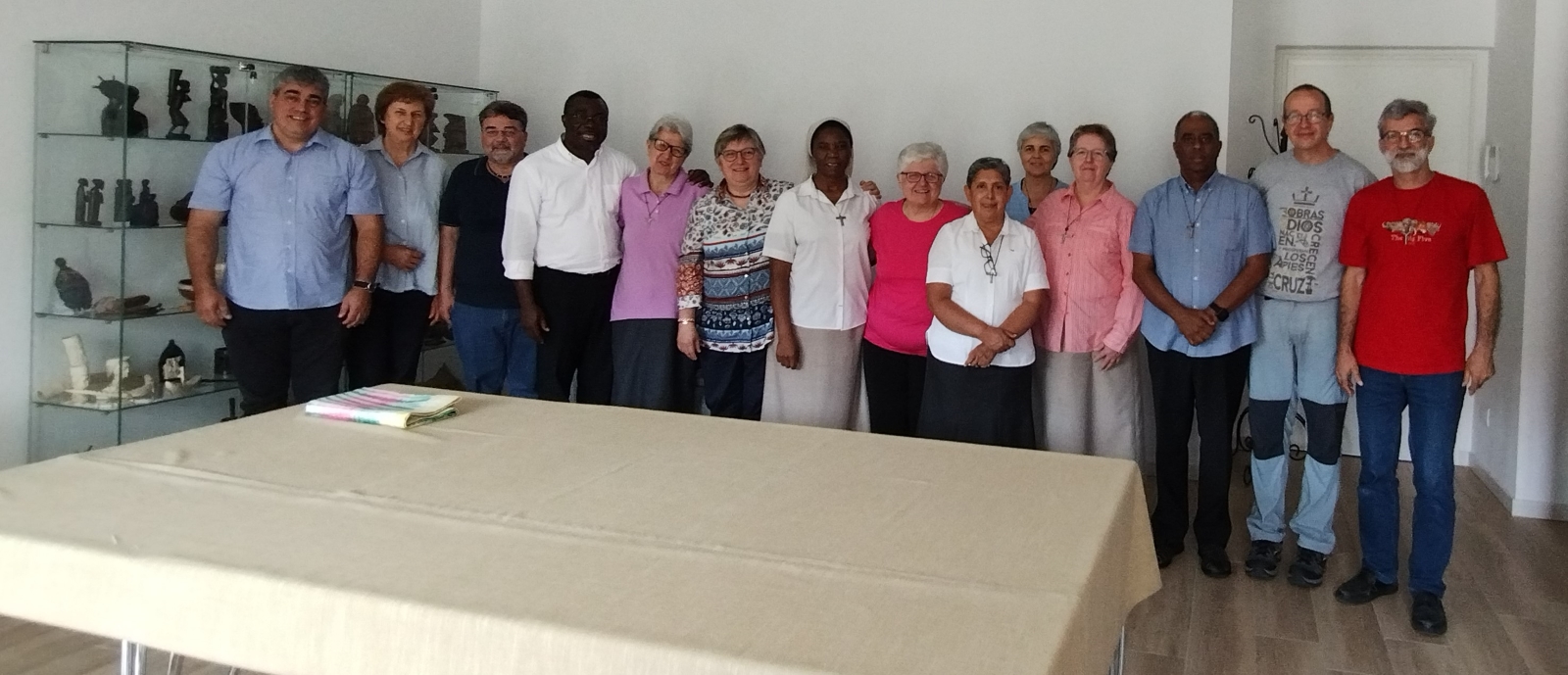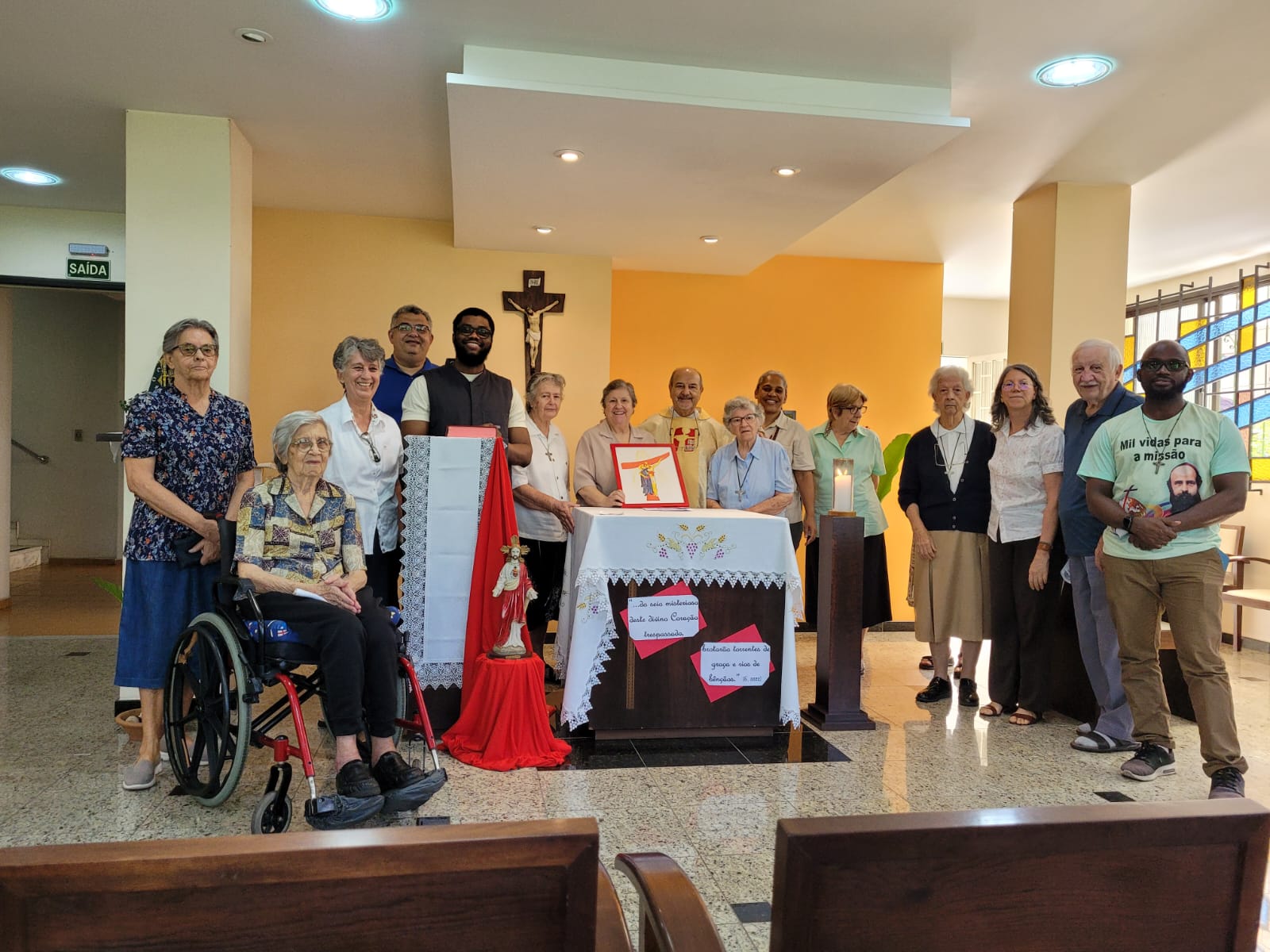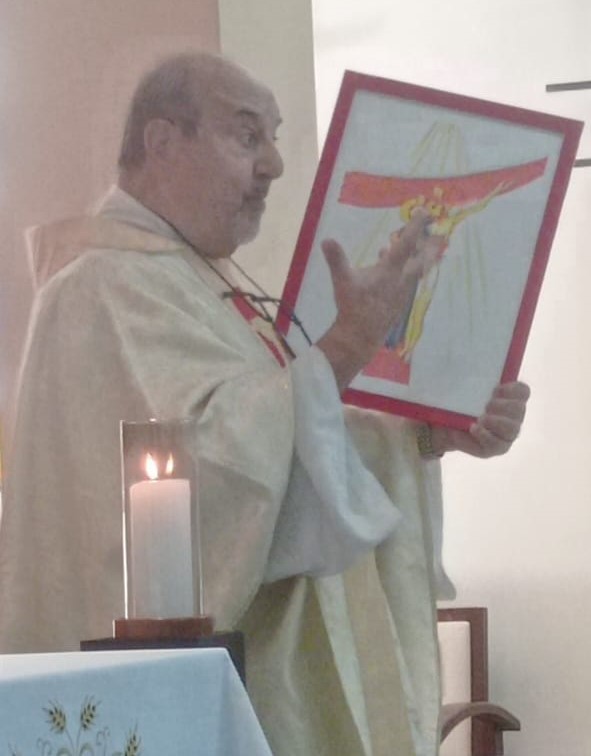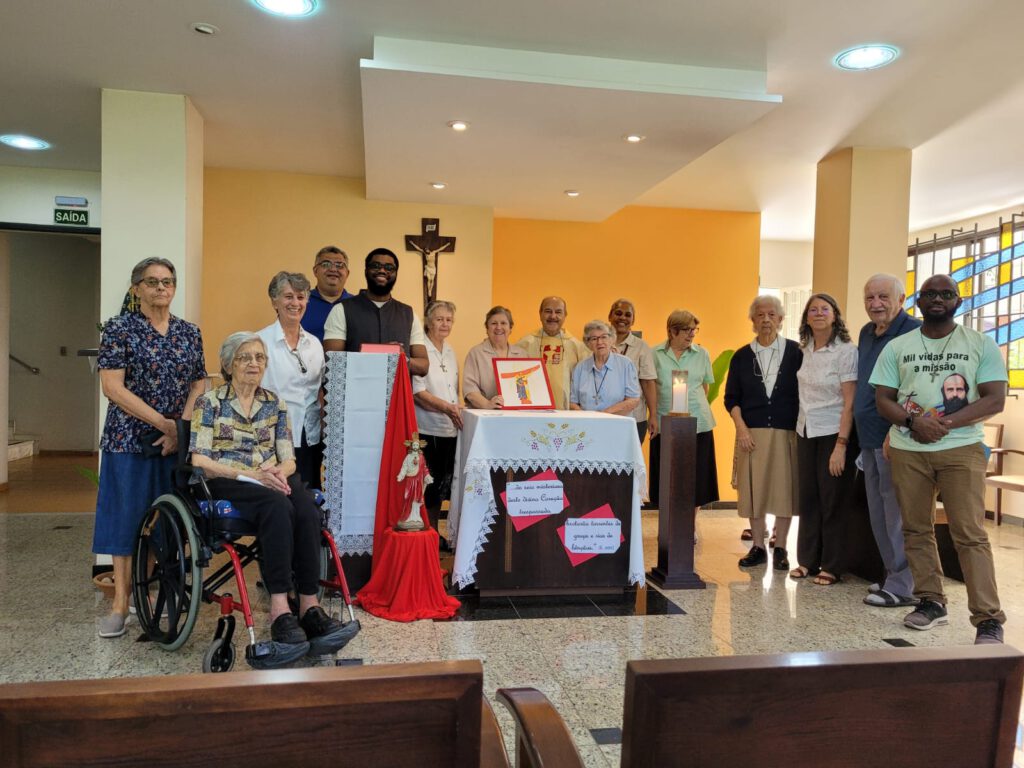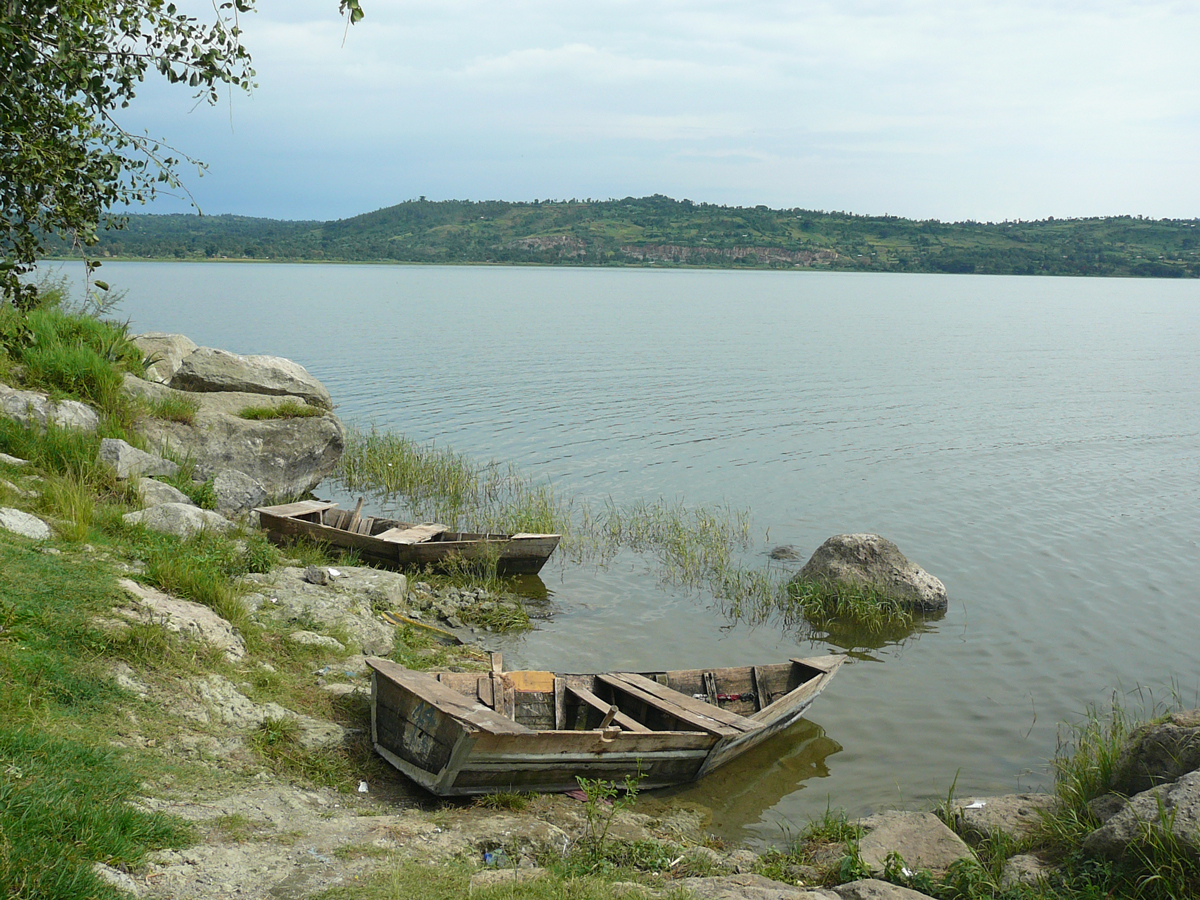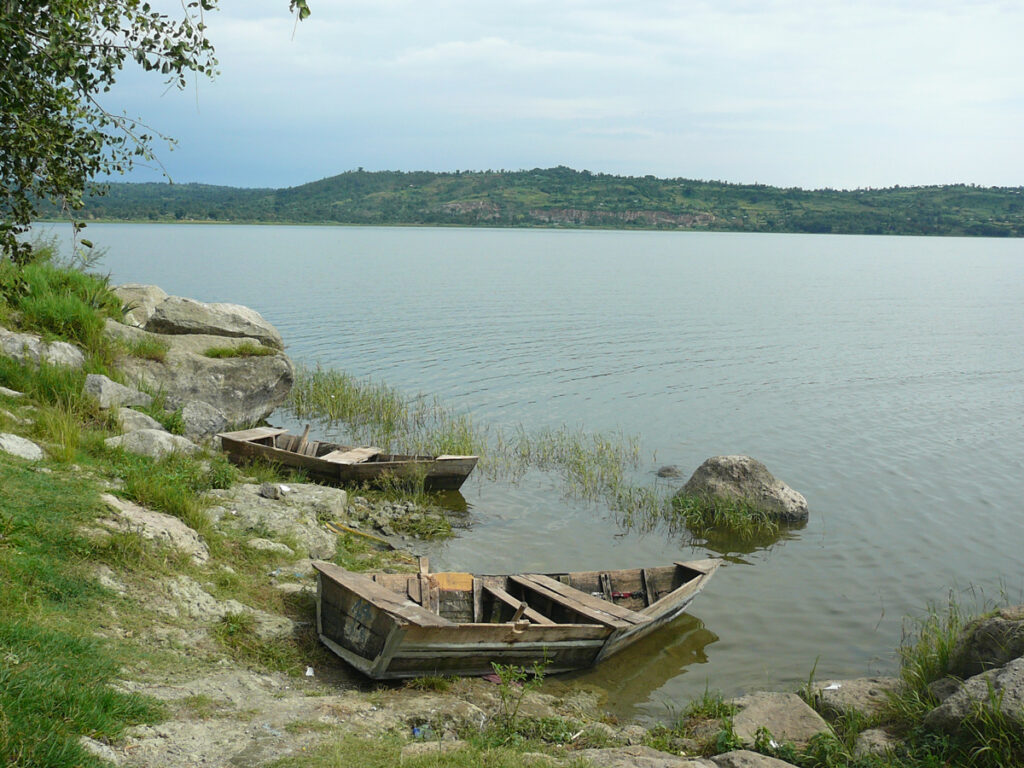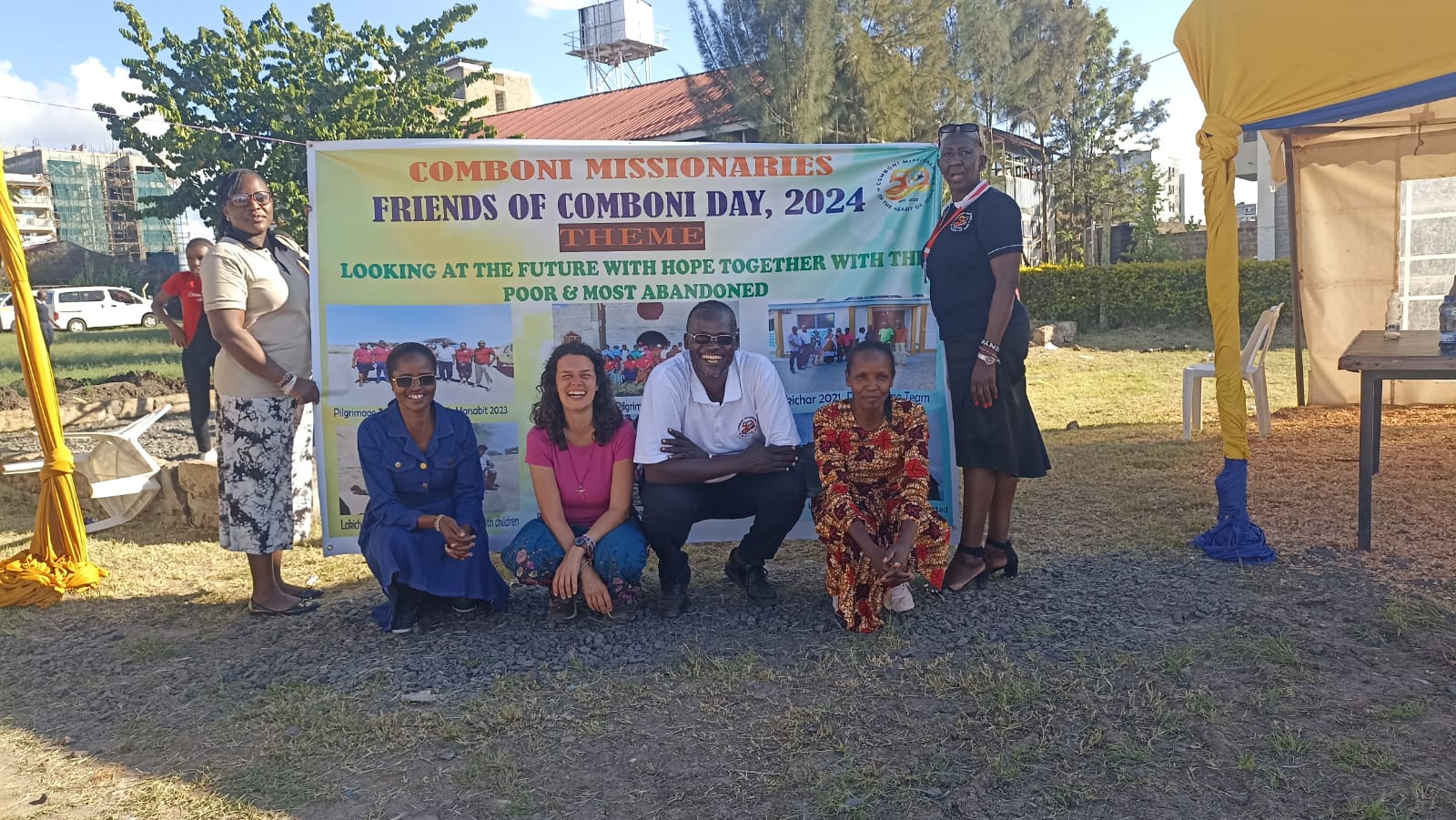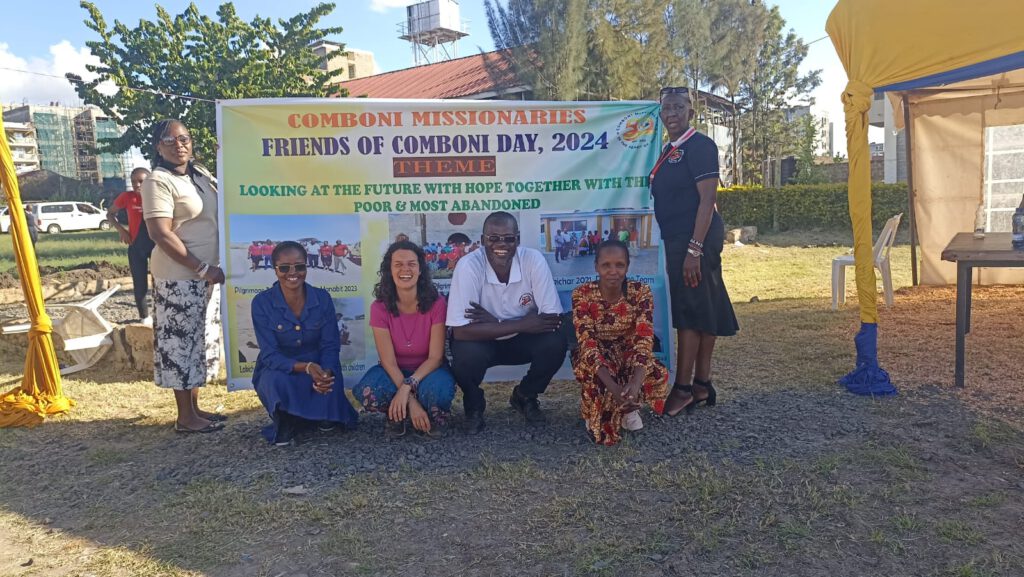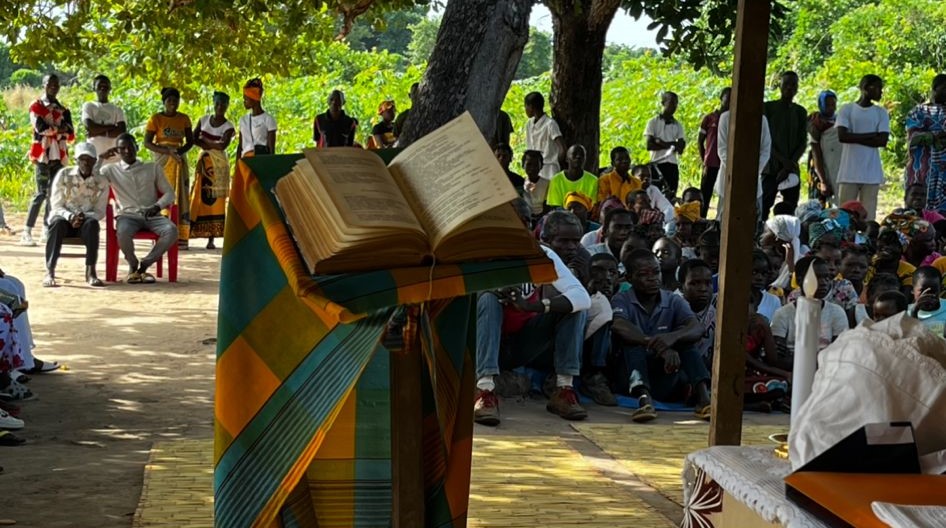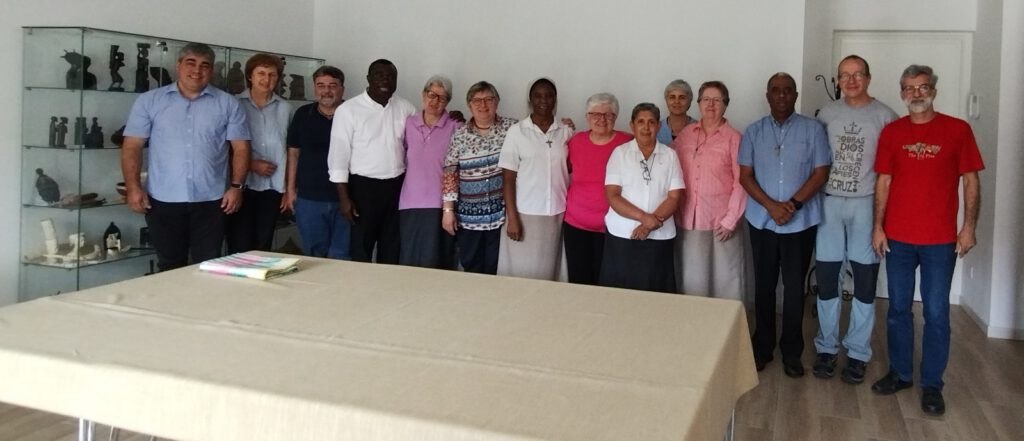
From 14 to 16 June, we celebrated the meeting of the General Councils of the Comboni Family in Verona at the house of the Comboni Missionary Seculars.
We felt very welcome in the new house they have acquired in Verona.
We had time to reflect on various topics. We began with an update on the various activities carried out during the past year by the different branches of the family. It was a very rich moment to get to know the reality that each one is living.
On Saturday morning we visited the Calabrian family who shared with us their process as a charismatic family and the progress they have made in terms of collaboration during these years. It was a very inspiring and challenging visit that helped us to reflect on the kind of collaboration we are having and how to improve it. Afterwards we had time to reflect among ourselves and also to look at some concrete proposals of collaboration. Among them to see how to deepen the reflection on Mission and Mission Animation as a Comboni family. We also talked about vocation promotion and the possibility of creating a brochure that could help in this service by presenting us as Comboni family with the different ways of living the charism, as well as a small dossier to prepare, which will help us to know each other better.
Finally, we approved a small directory that can help in the organization of these annual meetings.
The weekend ended with the celebration of the Eucharist and a family lunch.
Alberto de la Portilla, Coordinator of the Central Committee of the CLM.
P.S. During the weekend the “Africae” festival was held at the MCCJ’s motherhouse in Verona, an event that is held every year in Verona to bring the reality of Africa closer to everyone. It features lectures on Africa, performances by African musical groups and where food and experiences are also shared among all.
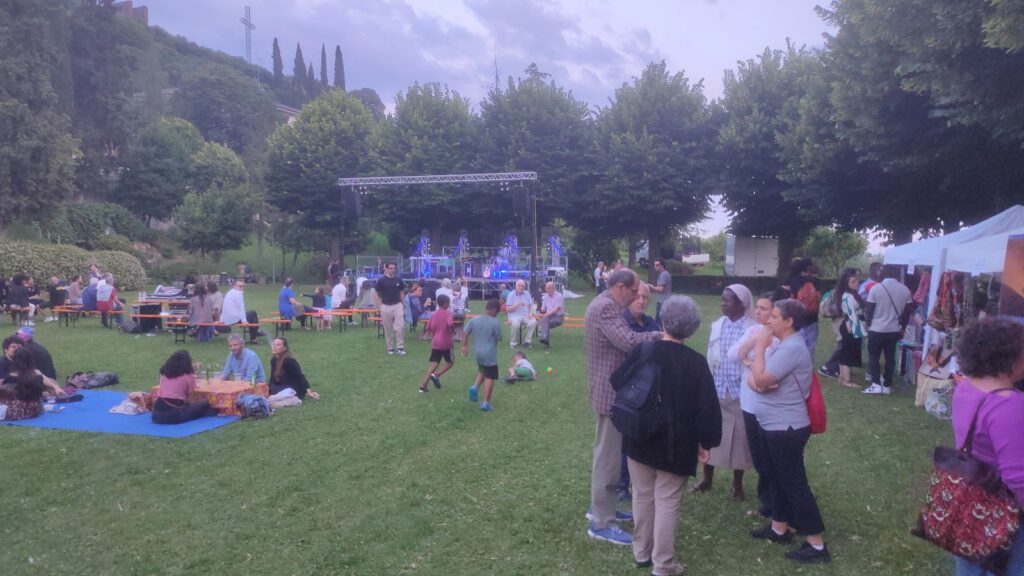
The CLM organized the sale of handicrafts, cakes and fruit to raise funds for the mission of Carapira.
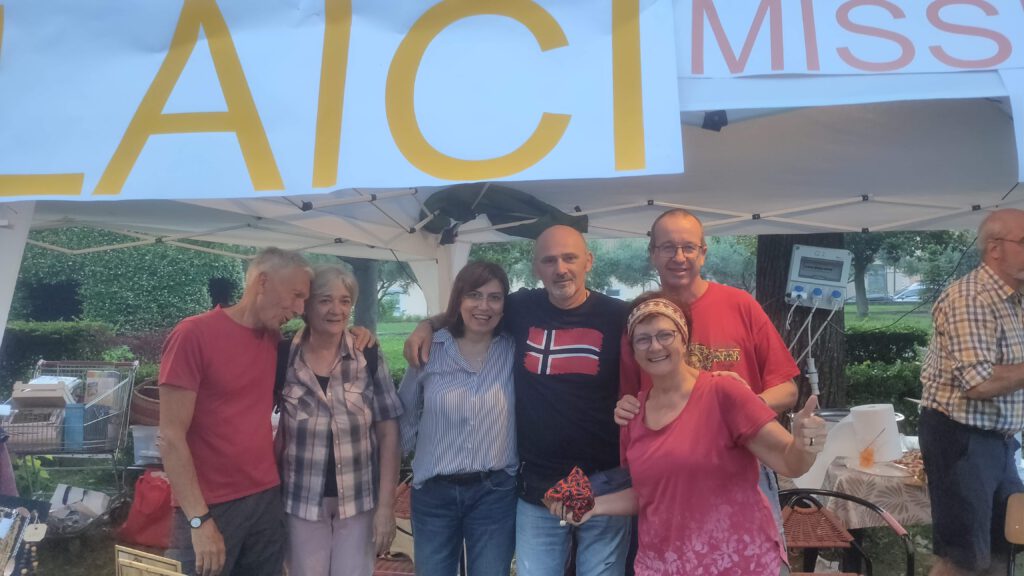
It was very nice to come back from the meeting every evening, from Friday to Sunday, and to be able to share some time with the CLM group of Verona in such a festive atmosphere.




